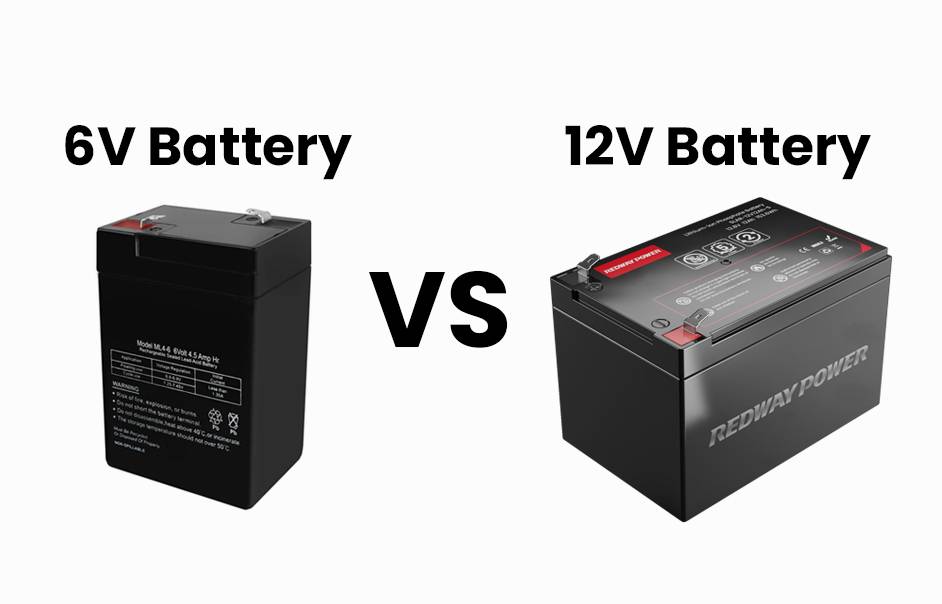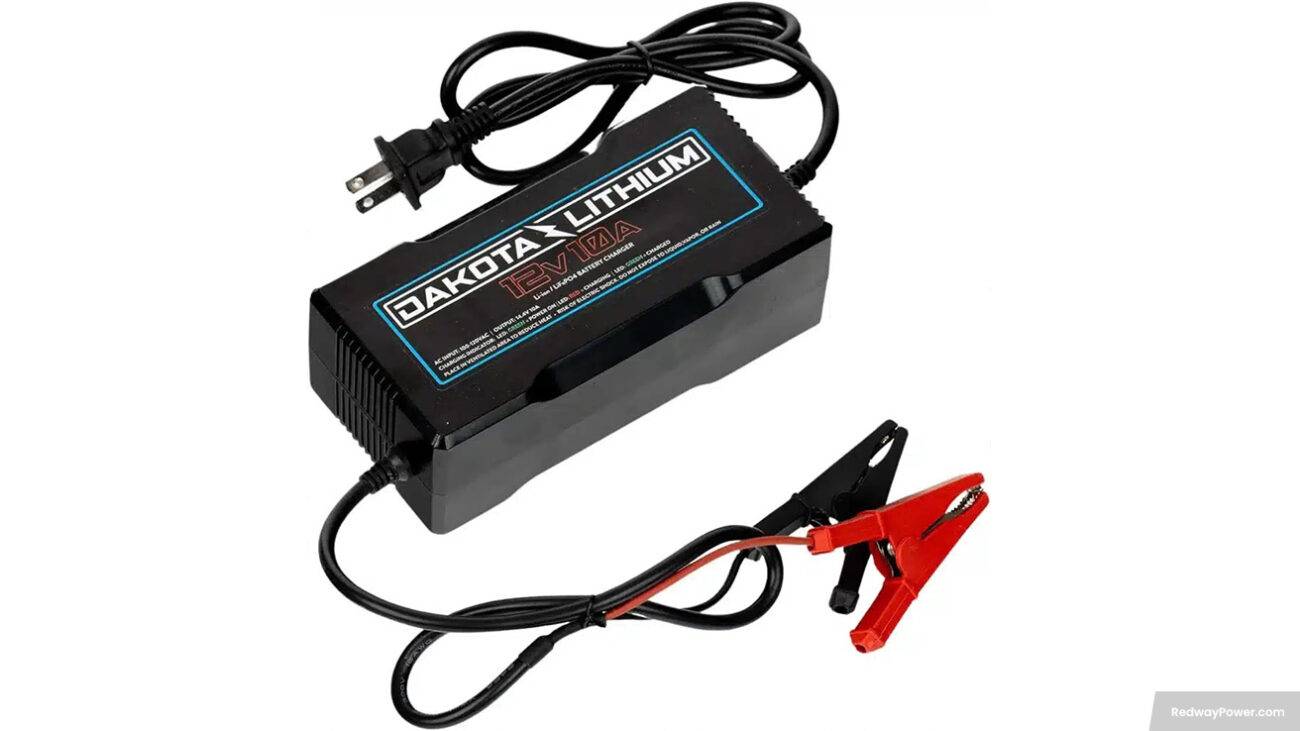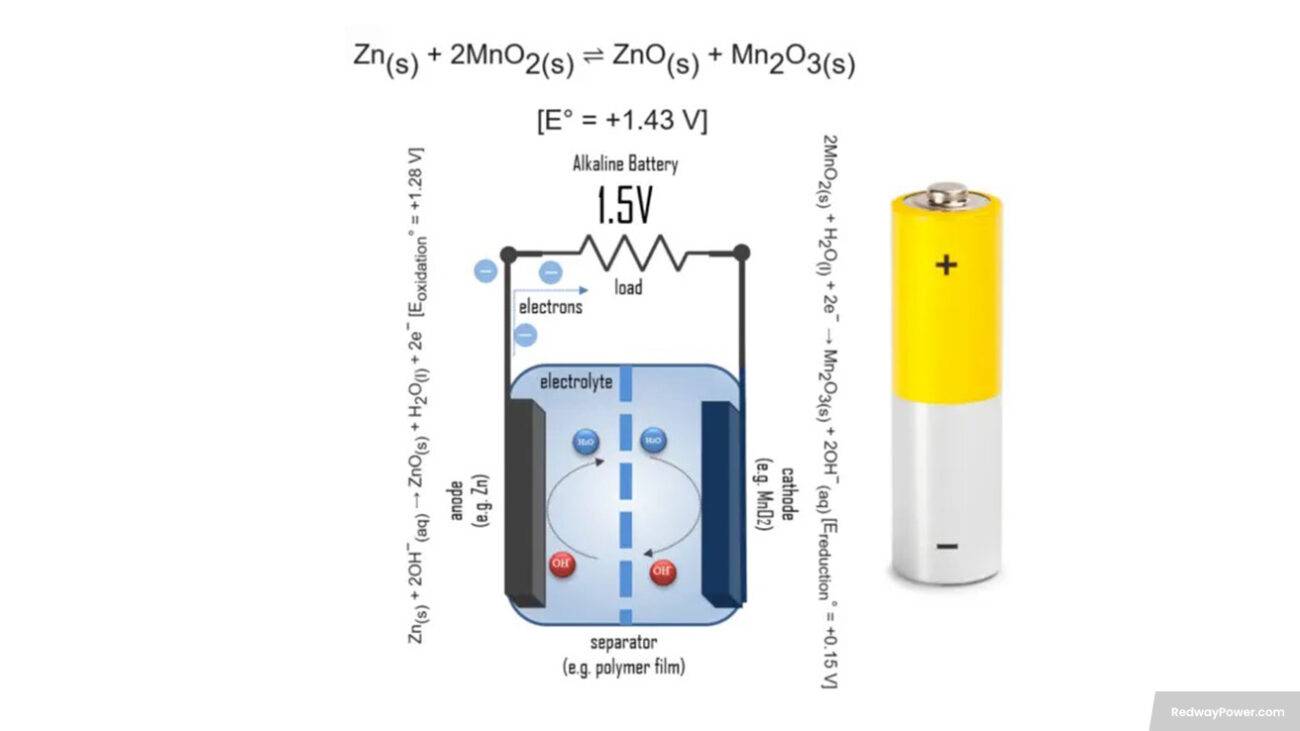To determine how long a 12V battery will last, divide the battery capacity by the average current consumption of the device over time.
Understanding Battery Lifetime Calculation
Learn how to calculate the estimated lifetime of a 12V battery based on its capacity and the average current consumption of the connected device.
- Battery Capacity: The capacity of a battery is measured in amp-hours (Ah) and represents the amount of charge it can deliver.
- Average Current Consumption: Determine the average current consumption of the device connected to the battery over a specific period of time.
- Calculating Battery Lifetime: Divide the battery capacity by the average current consumption to estimate the battery’s lifetime.
Factors Affecting Battery Lifetime
Explore the factors that can impact the actual lifetime of a 12V battery and how to optimize its usage.
- Battery Capacity: A higher capacity battery will generally last longer than a lower capacity one.
- Device Power Consumption: The power consumption of the connected device affects the rate at which the battery discharges.
- Battery Efficiency: Consider the efficiency of the battery and any associated power conversion components.
- Battery Health: The age, condition, and maintenance of the battery can influence its performance and lifetime.
Tips for Maximizing Battery Lifetime
Discover practical tips to extend the lifetime of a 12V battery and optimize its performance.

- Use Energy-Efficient Devices: Choose devices with lower power consumption to reduce the strain on the battery.
- Monitor and Control Usage: Be mindful of unnecessary power consumption and turn off devices when not in use.
- Proper Charging: Follow the manufacturer’s recommendations for charging and avoid overcharging or deep discharging the battery.
- Maintain Battery Health: Regularly inspect and maintain the battery to ensure optimal performance and longevity.
FAQs
- Can I use a higher capacity battery for longer lifetime?
- Yes, a higher capacity battery can provide a longer lifetime if the device’s power consumption remains the same.
- What if the device’s power consumption varies?
- If the device’s power consumption varies, the battery lifetime will depend on the average power consumption over time.
- How can I extend the lifetime of my 12V battery?
- You can extend the battery lifetime by following proper charging practices, minimizing power consumption, and maintaining battery health.













